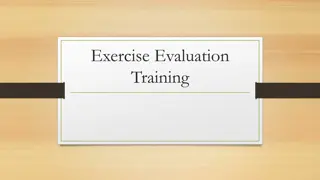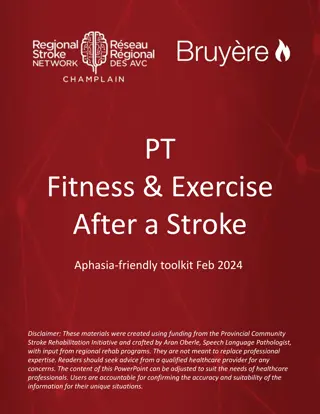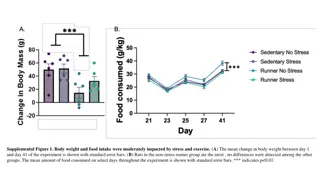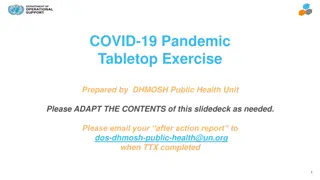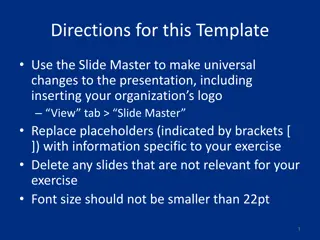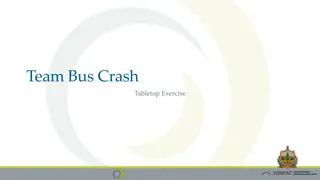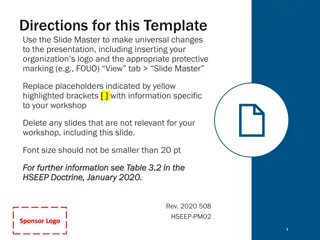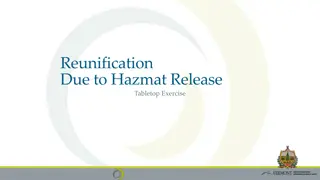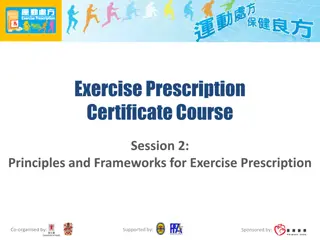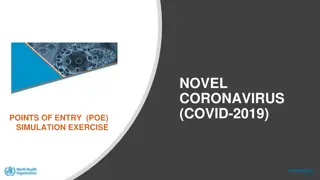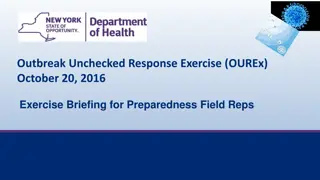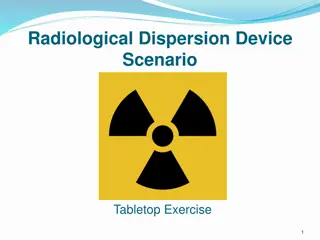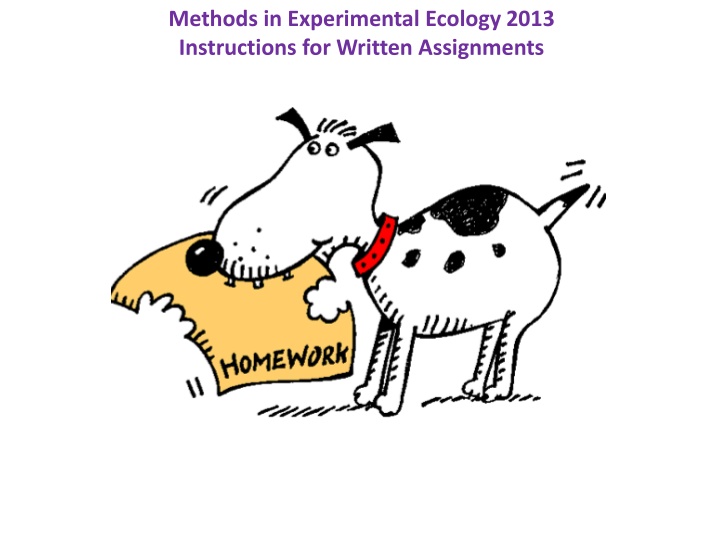
Instructions for Written Assignments in Experimental Ecology 2013
"Learn the guidelines for submitting written assignments in Experimental Ecology 2013, including the submission process, content requirements, and the importance of using R for analytical work. Improve your understanding of experimental design and statistics through well-organized assignments that showcase key concepts effectively."
Download Presentation

Please find below an Image/Link to download the presentation.
The content on the website is provided AS IS for your information and personal use only. It may not be sold, licensed, or shared on other websites without obtaining consent from the author. If you encounter any issues during the download, it is possible that the publisher has removed the file from their server.
You are allowed to download the files provided on this website for personal or commercial use, subject to the condition that they are used lawfully. All files are the property of their respective owners.
The content on the website is provided AS IS for your information and personal use only. It may not be sold, licensed, or shared on other websites without obtaining consent from the author.
E N D
Presentation Transcript
Methods in Experimental Ecology 2013 Instructions for Written Assignments
Methods in Experimental Ecology 2013 Instructions for Written Assignments An additional agreement: All e-mail communications for the class (questions, suggestions, etc) should be send to both Pedro and Lina s emails!
Methods in Experimental Ecology 2013 Instructions for Written Assignments Assignments must be submitted by e-mail to Lina AND Pedro before the beginning of the class (3:00 PM) on the due date (one week after it was assigned). No assignments will be accepted after this. They will be returned with their grade and comments within one week as well. Must contain the student s name both in the file and the file name. Please name files with your first and last name e.g. LinaSanchez_EXERCISE2.doc. A single Word document with a title, a short introduction explaining what you did and why, the answers to all the questions, any results presented in tables and figures (properly labeled), and a discussion/conclusion of what was learned. All analytical work needs to be done in R (unless otherwise noted), you must include the scripts and outputs from R as an annex (do not paste them in the middle of the document), but please include only the final and correct version of the script you used and it is even better if you highlight the important numerical results. Remember the exercises are designed for you to learn both how to use R and important concepts in EXPERIMENTAL DESIGN and STATISTICS so the best exercises will be those that show an understanding of these underlying concepts. Please make it pretty and easy to read and follow!
Pasting the output vs. presenting results in a scientific and appropriate way > zinc_data<-read.table("zinc.txt",header=T) > attach(zinc_data) > factor(ZINC) Levels: BACK HIGH LOW MED > anova_zinc<-lm(DIVERSITY~ZINC) > anova(anova_zinc) Analysis of Variance Table Response: DIVERSITY Df Sum Sq Mean Sq F value Pr(>F) ZINC 3 2.5666 0.8555 3.9387 0.01756 * Residuals 30 6.5164 0.2172 --- Signif. codes: 0 *** 0.001 ** 0.01 * 0.05 . 0.1 1 Table 1. Standard analysis of variance table for Zn concentrations in streams vs. diatom diversity. Sum of Squares 2.57 6.52 9.08 Mean Squares 0.86 0.22 Source DF F-ratio P-value Among groups Within groups Total (a-1) = 3 a(n-1) = 30 an-1 = 33 3.94 0.02 *




